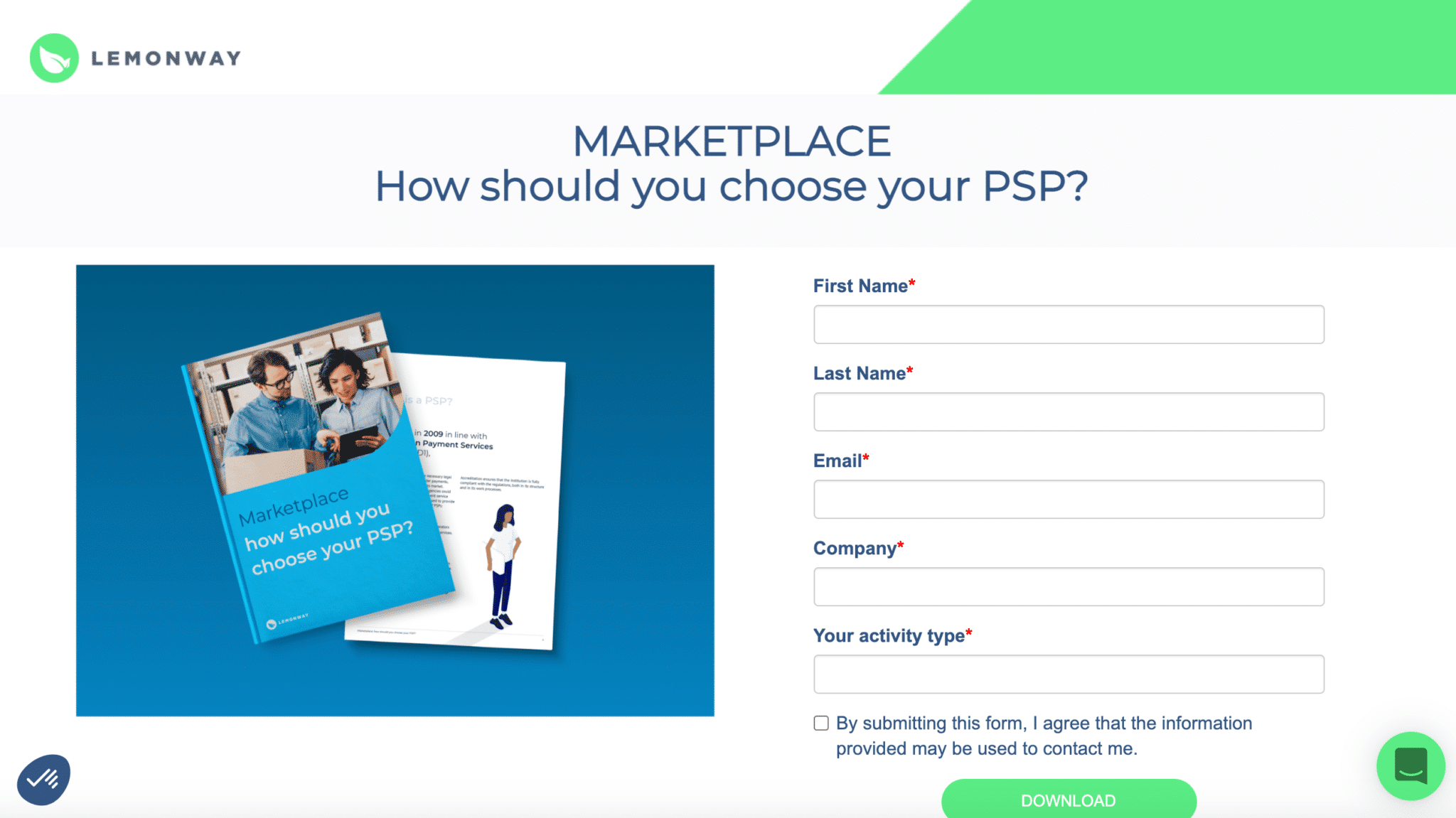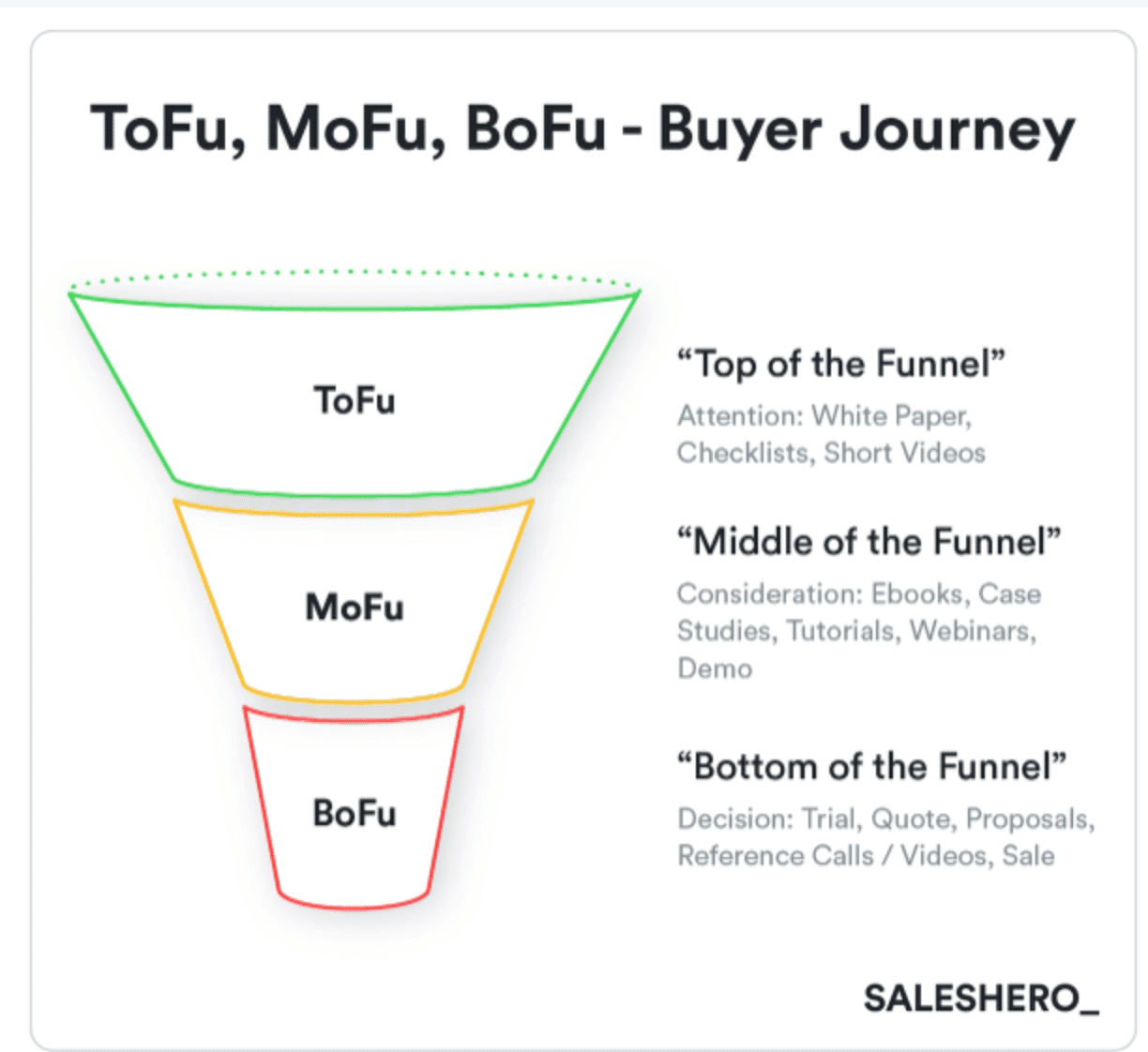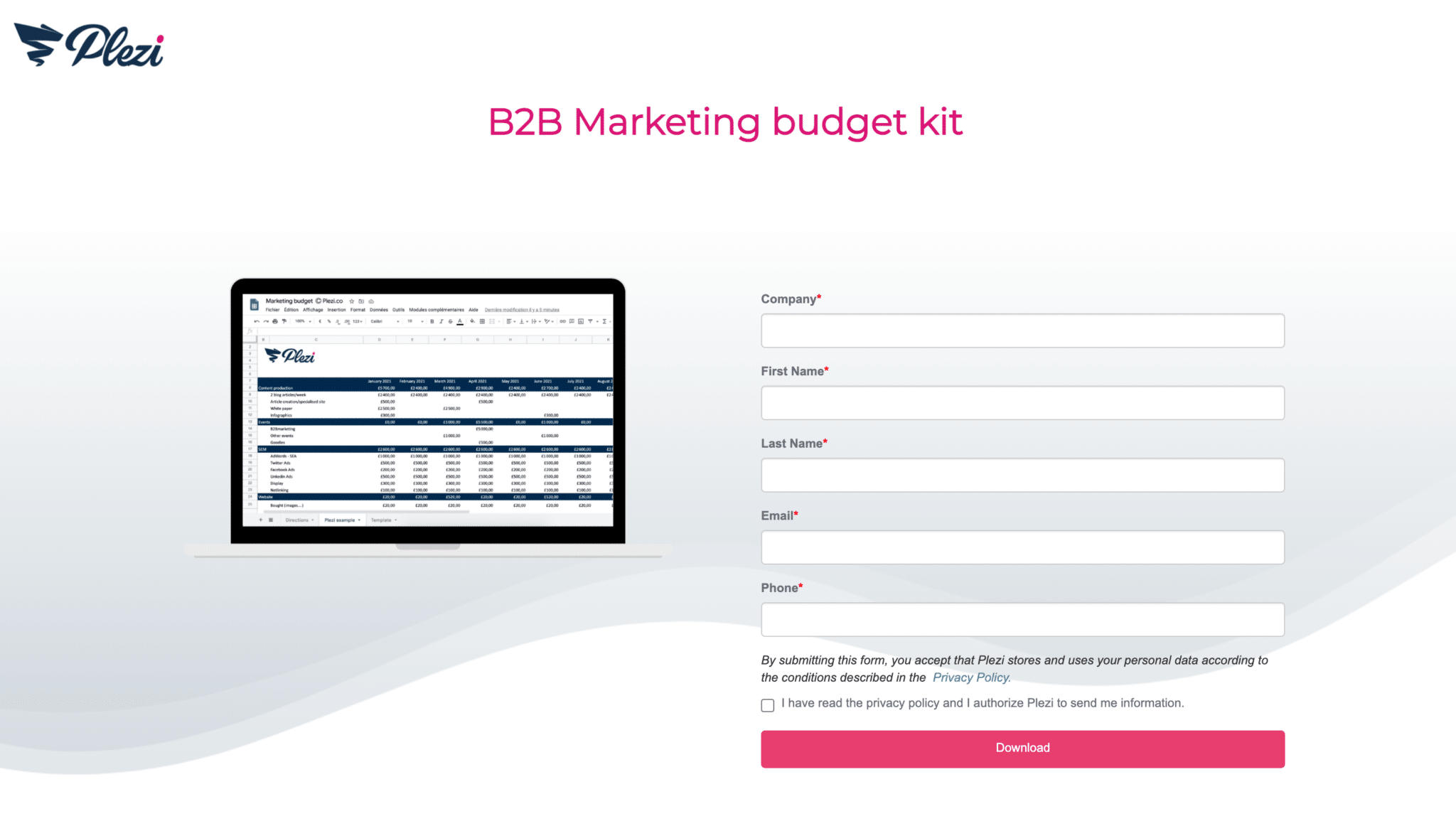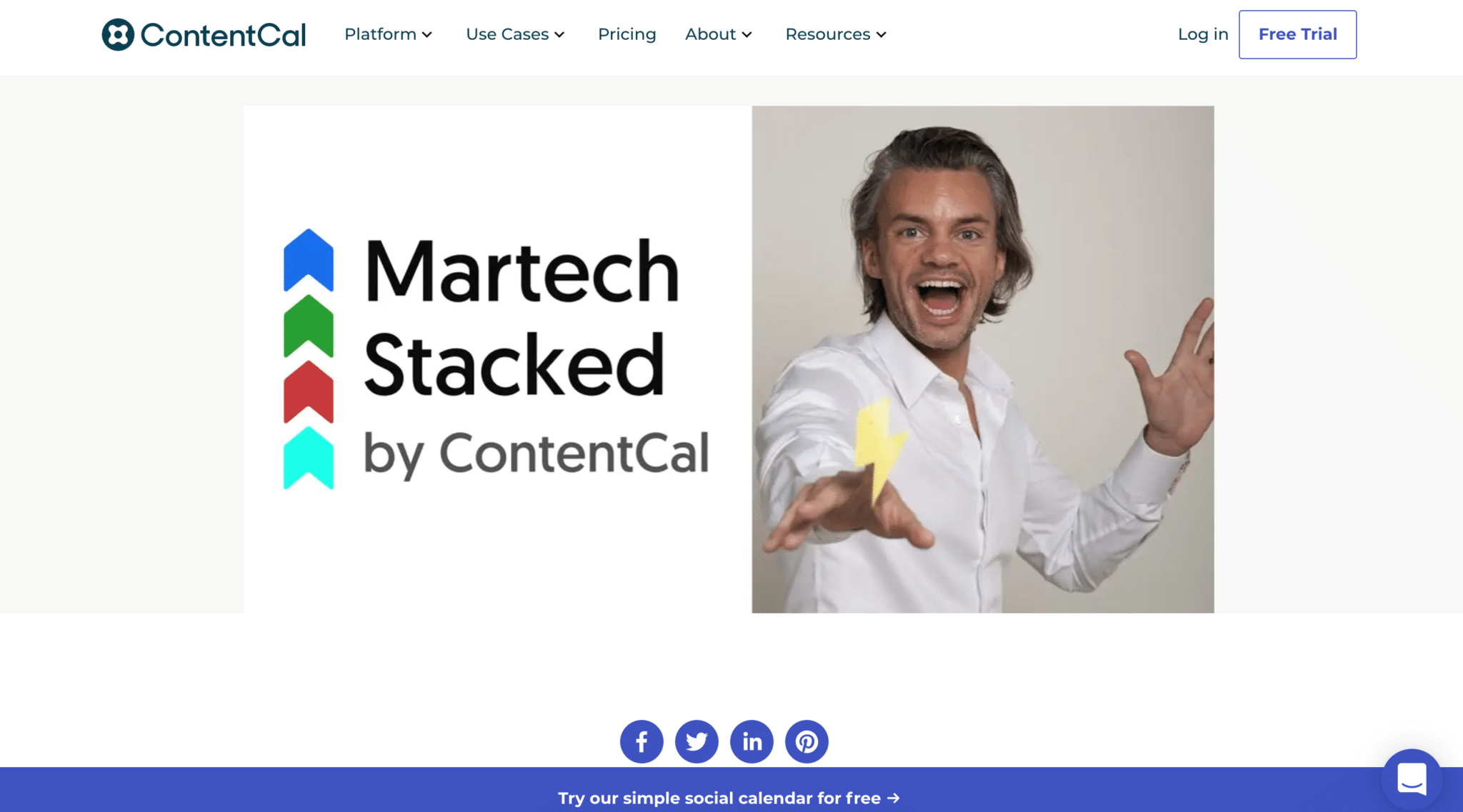When you implement an inbound marketing strategy, it can be hard to know what type of content you should start creating given the many different choices available. Each is designed for a particular purpose, whether it’s to generate leads, increase website traffic, improve visibility, or enhance a brand’s reputation. And before deciding on which one to use, you need to have an idea of the results that each format is likely to produce.
At first, you may worry about not having “enough” content, more than about what type of content you should create. The good news is that you always have more content than you think. Also, by taking some time to think about your sales funnel, you can quite easily come up with ideas for new content and ways to use new content formats.
To help you choose which content formats are right for you, we’ve selected 8 different types of content we think are essential to your inbound marketing strategy and which we’re sure can produce results for your business.
1. Blog posts, to demonstrate your expertise and improve SEO
Blog posts are almost certainly the first type of content you will create when implementing a content strategy.
They are an ideal format to:
- answer questions from prospects;
- demonstrate your expertise in a specific area;
- provide as much information as possible by linking to other posts;
- improve your SEO with internal and external links;
- generate qualified leads by featuring an appropriate call to action (CTA).
Blog posts are an absolutely essential content format for your business. To get the most out of your posts, however, they need to be optimized for search engines like Google. This will enable your posts to rank higher in search results and let prospects find your content more easily.
To help you prepare a blog post, especially if it is being written by an external copywriter, it’s a good idea to use a template to produce a brief for the post.
By including all the essential information about the post in this brief (e.g. if the posts will be part of a content cluster or not, keywords, links to other posts), you greatly increase the chances that your post will be correctly optimized for search engines.
2. White papers, ideal for generating leads in both the short and long term
Writing a white paper, e-book, or guide, gives you a chance to explore a specific topic in greater depth. It is an ideal format to:
- demonstrate your expertise;
- involve industry experts and customers in their creation;
- generate and qualify leads, and gain more information about them with customized online forms;
- provide prospects with more information by including links to blog posts and other content.
White papers can also be easily repurposed into other content formats, including blog posts, videos, and infographics. This lets you maximize the time and resources involved in their creation while providing prospects with more information. They can be a great source of ideas for creating content over the long term.
(An example of a landing page for Lemonway)
3. Webinars, to generate leads and build relationships with prospects
Webinars have proved hugely popular during the COVID health crisis, and for good reason. They are a very good format to create or build relationships with both prospects and customers. They let you:
- provide value to prospects with a rich, detailed content format;
- invite industry experts as guests and increase your audience;
- answer prospects’ questions in real-time in the webinar chat and demonstrate your expertise;
- schedule a regular meeting with prospects to build a relationship and gradually nurture them to purchase;
- present a case study with one of your customers;
- generate new leads, both before registration, and then over the long term using a webinar replay;
- demonstrate your product (very effective with members of your target audience in the decision-making stage).
Webinars might seem like a difficult content format to produce, but they’re not. We’ve created a series of articles on how to organize a successful webinar, from choosing a topic to promoting your webinar replay.
(An example of a SEMrush webinar in partnership with Plezi)
4. Video, a versatile format that brings topics to life
Video is a content format that still isn’t used as much as it could be, but which can prove very effective regardless of the topic. You certainly shouldn’t be put off by its seemingly technical nature. At Plezi, we only started producing videos quite recently, but in our experience it’s a format that can really deliver results.
You can use videos to:
- present your offering in a personalized and engaging way;
- explain a technical concept in a live tutorial (e.g. how to use an SEO tool);
- build relationships by revisiting certain events or taking a look behind the scenes of your company;
- generate leads over the long term, for example with webinar replays.
At Plezi, for example, we have used video to easily explain our offering and what our software can do:
We also do video interviews with customers and offer webinar replays. It’s a content format we want to develop in the future and which we plan to get started on very soon!
5. Infographics, to boost visibility on social media
Infographics are a great content format for sharing on social media. They let you:
- clearly and simply explain your business activity, product, or service;
- easily explain an otherwise difficult concept;
- Summarize other content, such as a blog post or a study, by transforming written information into visual form so that prospects remember what’s really important.
Infographics can even be broken up for use in several different social media posts or displayed in a content carousel on a website. There are a number of different ways that you can make use of them.
(An example of an infographic from Saleshero)
6. Instructional kits or guides, to give prospects a handy tool and qualify leads
At Plezi, we’ve created a lot of tools for our own internal use. Because our prospects are also marketers, we wanted them to be able to take advantage of these as well in the form of downloadable templates and kits.
These kits are a great way to:
- give prospects a practical way of dealing with a specific problem;
- qualify prospects with online forms to download resources;
- complement blog posts or white papers on the same topic;
- build trust with prospects by offering them tried and tested high-quality resources.
(An example of the landing page for Plezi’s marketing budget kit)
7. Case studies, to convince prospects with examples they can relate to
A case study is a great content format to use when your prospects are in the decision-making stage. If they’re having trouble choosing between you and a competitor, now is the time to provide them with high-quality content which highlights the success of your existing customers.
You can use a case study to:
- showcase your existing customers and their successes;
- demonstrate the effectiveness of your product or service, regardless of your sector;
- help prospects envisage what using your product or service looks like and give them specific examples of implementing it;
- finish qualifying prospects so they can start a conversation with your sales team.
At Plezi, we’ve created quite a lot of case studies. And we’ve now fine-tuned our process for creating case studies which are highly-effective.
8. Podcasts, to improve your brand’s reputation and reach potential prospects
Podcasts are also an increasingly popular B2B content format. Whether you host your own podcast or take part in podcasts produced by others, there are numerous benefits from doing so:
- as a guest, talk about lessons learnt, thereby providing your prospects with valuable information;
- connect and build relationships with industry experts;
- take advantage of a relaxed atmosphere unlike that of most “typical” business communication channels to show your true self or to talk about what really goes on within your company.
It isn’t that difficult to create your own podcast content. And you can do a lot with a good quality microphone, a quiet location, and a little patience for editing together an audio file. While we haven’t yet started a podcast at Plezi, you can listen to Plezi co-founder, Charles Dolisy, who was a guest on Content Cal.
To implement an inbound marketing strategy, you need to start by having some clear goals, like having better-qualified prospects, better relationships with prospects, or increasing traffic to your website. And only you can decide on what those goals are. But once you’ve set your goals, you’ll find that it’s much easier to create content to help reach them. Hopefully, this post will give you an idea of which content formats you can use to start producing results.











